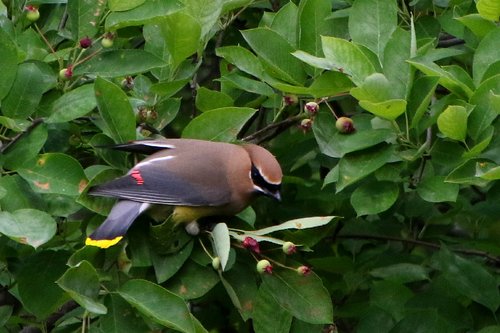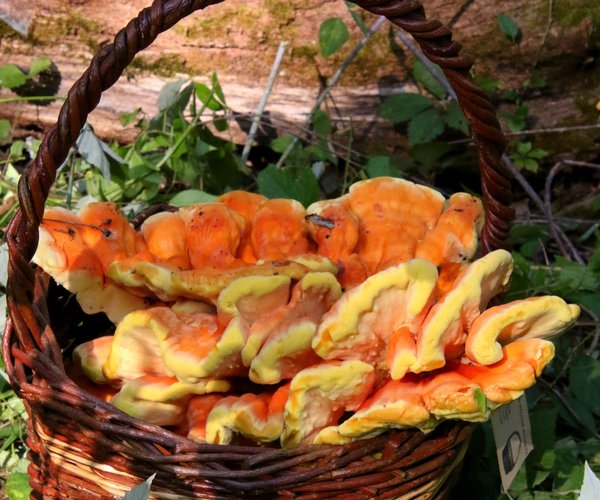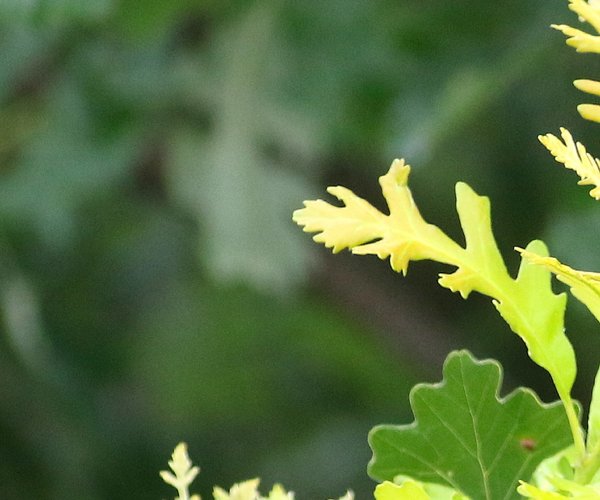Planting a garden bean row or a walnut tree forest rarely means only returning to the scene months or years later to reap pole bean fruit or walnut and lumber without intermediate looks. Wild black raspberries are in the midst of producing a crop of aggregate fruits, but much more went into making a bucket of berries. A whole lot of interesting, educational, biological, photographically pleasing, and amazing things happened. Here, near the end of blackcap fruit development, the remains of some earlier steps still show what are commonly called telltales of flowers that were pollinated. These are more than tales but realities of second year flowering canes producing blooms, being bee-pollinated, and developing a complex fruit with individual seeds in each tiny fruitlet.
This is one example of watching and learning from frequent trips to the garden to see bean seedlings emerge from soil and pulling up leaves and seed leaves in a backward formation so as not to harm the embryonic shoots and leaves.

The buck started his antlers with nobs protruding from his skull. Then the antlers branched and forked their way to maturity. One of the most interesting, largest, attractive examples of a deer is the last weeks of velvet covered antlers, a reddish coat of hairs, and a body plump from ample vegetation.
Take away the flies accumulating on his shoulders and here is a specimen that makes selecting the deer as the state wildlife animal photographically worthy of all amount of praise and pride. And to think most of us missed it, even some of the most ardent deer hunters or deer photographers didn’t go looking.
There is much to be gained by frequent visits to the garden, in addition to pulling the weeds.
Ever see a potato flower? Or a squash or cucumber flower falling off because it is a pollen flower and not a fruit flower? Plants, animals and fungi are constantly growing, changing to get to the stage of reproduction.
What do chicken-of-the-woods mushrooms look like when they first start growing out of a black oak or black cherry log or stump? As gatherers of food and memories, flowers and photographs there are events of interest along this journey. A hiker can recognize a basswood tree seedling when it first emerges from the soil by its hand-like seed leaves (cotydelons). The same seed leaves on wild cucumber look like something that belongs in a circus tent for the uncommon and unusual. They are huge and 100 percent wild cucumber seedlings even without the seed, fruit, vine, flower, and smell. These summer woodland trips are the earliest scouting, forecasting, identifying what come later months later.
If stickseeds have ever caused hours of pulling clinging, dry fruits from clothing, hunters should be pulling them along the woodland edges these single-stemmed plants up by the roots before they flower, before chains of burs mature to grab hold of a new hunting coat. Pale purple coneflowers are about to open their heads of ray and disc flowers, but before they do check to see if there is beauty, and maybe a photograph, in this unfinished head, of short ray flowers and a bit of the color purple.
One final example of noticing development’s attractive, helpful, mind-changing nature. Wild ginseng, Wisconsin’s State herb is struggling to make a go of it. Too much is dug too soon and illegally. More and more woodland goers notice the plant for what it is, attractive, valuable, autumn-symbolizing, and photogenic.
The stem germinates from a perennial rootstalk exactly like a garden bean, then pulls its compound leaves with five leaflets, along with a group of maturing flowers that bloom tiny white and form two-seeded fruit that turn red when autumn colors these leaves a golden yellow like none other.
At a loss what to do until the next season opens, the next mushroom pops, or the next bird migrats?
Get out there in the prairies, woods, marshes, even gardens, arboreta, and greenhouses and look; look at the development, progression, and maturation of fungi, plants, and animals.





